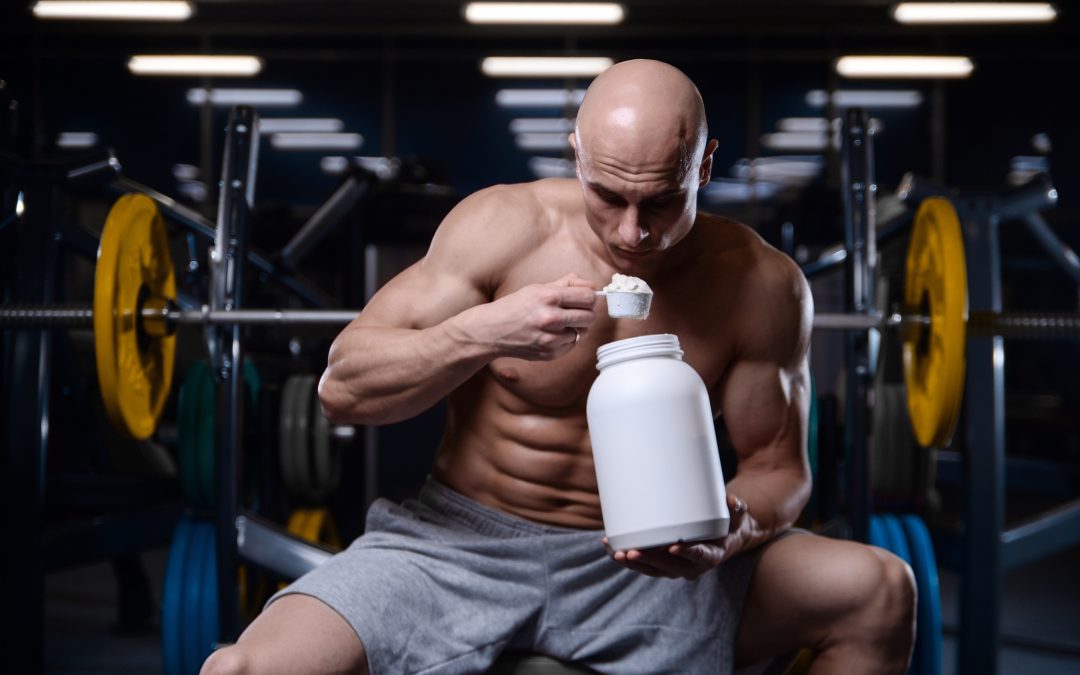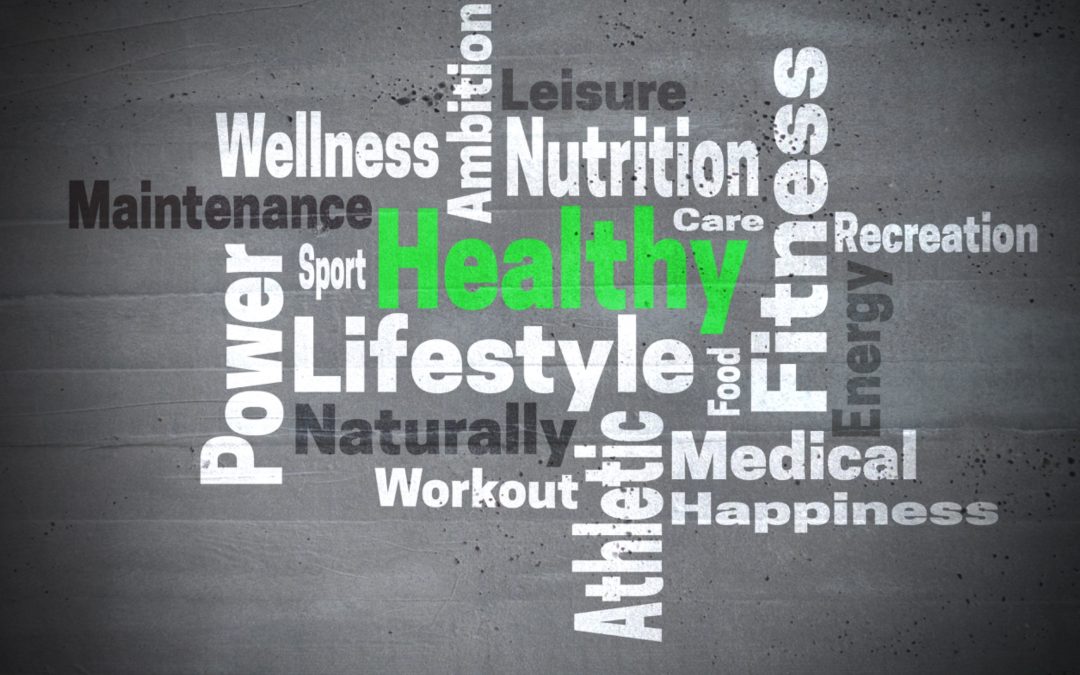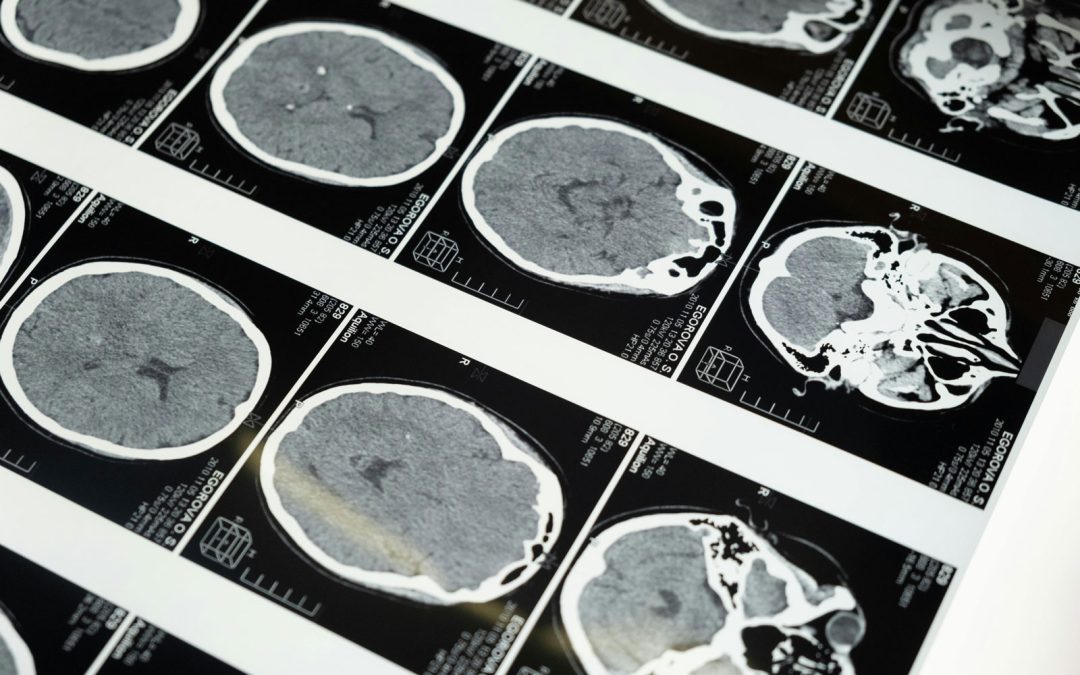Fitness, when presented properly and professionally, boasts the capacity to transcend borders, cultures, and backgrounds. However, despite its universal appeal, the fitness industry as a whole often...

Health and fitness articles for personal trainers rooted in exercise science, biology, anatomy, physiology, health psychology

Fitness, when presented properly and professionally, boasts the capacity to transcend borders, cultures, and backgrounds. However, despite its universal appeal, the fitness industry as a whole often...

The topic of whether to take over-the-counter supplements as a way of gaining an athletic edge often sparks debates on both sides of the fence. Creatine, a substance naturally produced in the human...
Fitness encompasses more than a woman’s physical body. It extends to her emotions, her spirit, and her unique definition of self. Women deserve to celebrate their lives at any age; however, when the...

Perimenopause, the transitional period before menopause, signals the lessening of estrogen levels in a female’s body. During this phase of life, which in some women can last for years,...

Lifestyle medicine, a branch of evidence-based healthcare emphasizing disease prevention over curative medicine, seems greatly underemphasized in today’s Western medicine approach. Lifestyle...

As personal trainers -- and those aspiring to the field -- surely know, every client with whom we interact deserves a personalized program in order to achieve results. The stepping stones on this...

Individuals who have undergone any type of bariatric surgery often have anxieties about beginning or resuming an exercise program. Here we address many of the common concerns as well as offer...

Holistic health reaches beyond the physical body, encompassing emotional, mental, social, spiritual, environmental, occupational, and intellectual health. A holistically healthy outlook views and...

From caffeinated coffee to ayurvedic herbs, nootropic substances keep popping up in relation to overall wellness. Here we shall delve into the topic, highlighting some of the more common nootropics...

The need for sustainable food proteins, a focal point of interest among agricultural scientists and health professionals for years, continues to spiral. As our global population enlarges, on target...